Institute history
14.09.1868
Establishment of the first Chair of Classical Archaeology at the University of Vienna, succeeding the Chair of Coinage and Classical Studies, which had existed since 1774, by the Ministry of Cultus and Education. Confirmation of Alexander Conze's appointment by Emperor Franz Joseph on September 14.
1.10.1876
Founding of the "Archaeological-Epigraphic Seminar", which combined the two fields of study of Classical Archaeology and Ancient History, Classical Studies and Epigraphy and thus represented a Viennese speciality in the German-speaking university landscape.
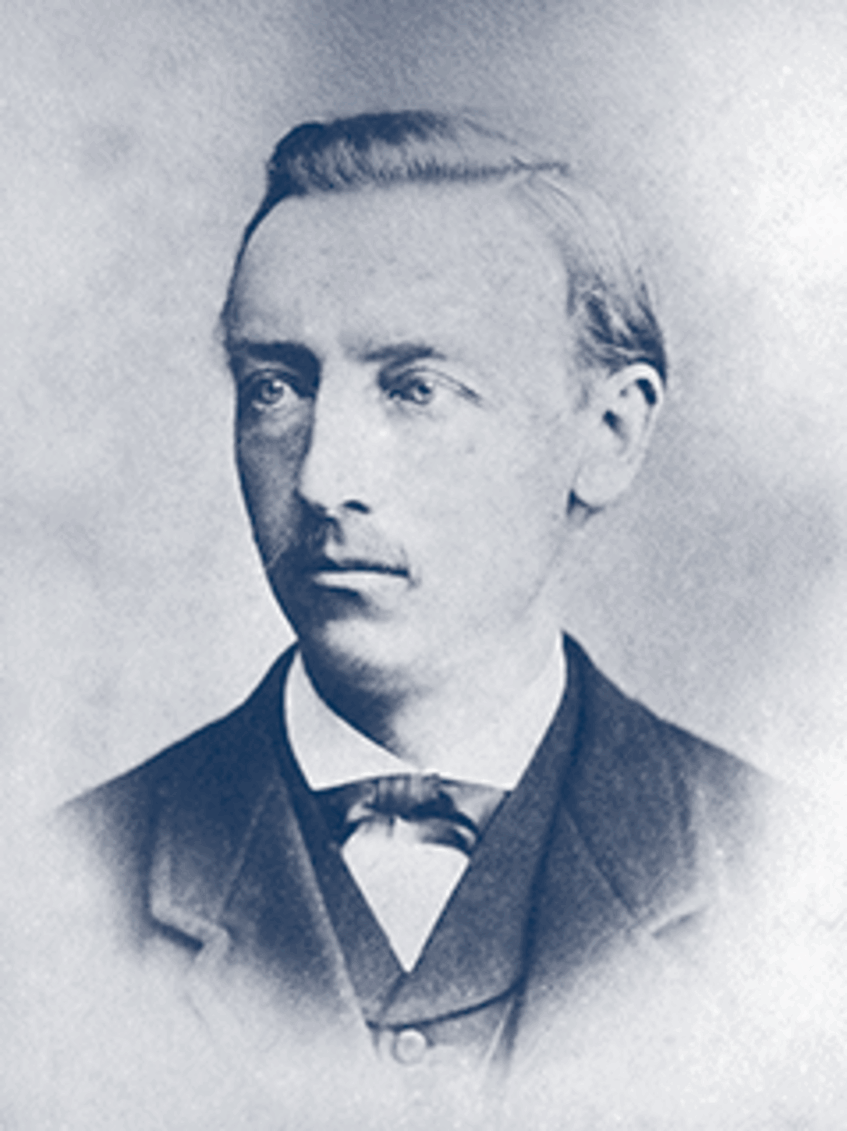
Alexander Conze
1869–1877
Alexander Conze was the first full professor to organise the study of classical archaeology in Vienna and remained influential in the direction of this subject for many decades. He always saw archaeology as a "great archaeology", the importance of which lay in understanding the cultural totality of entire cities and cultural landscapes. This view of all ancient artefacts, regardless of their artistic value, made him an early promoter of provincial Roman archaeology. His two archaeological expeditions to Samothrace (1873 and 1875) played an equally important role in the institutionalisation of excavation archaeology in Vienna. The scientific orientation of the undertaking and the modern approach for the time, as demonstrated by the fact that he took a photographer with him, should be emphasised. The establishment of the Archaeological Teaching Institute, which later became the Archaeological Collection, goes back to him. In 1877, Conze was appointed Director of the Sculpture Museum in Berlin, where his career culminated in the exploration of Pergamon and in the General Secretariat of the German Archaeological Institute.
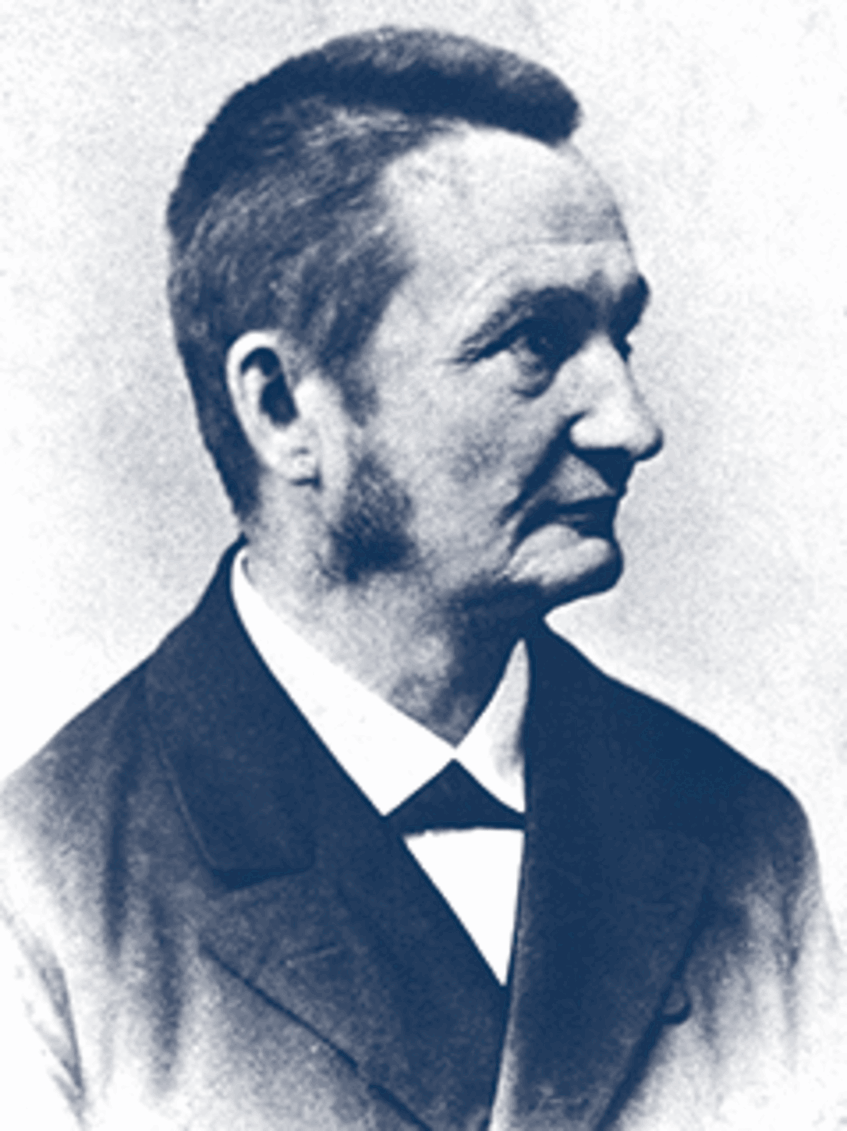
Otto Benndorf
1877–1898
Otto Benndorf, Conze's successor, continued to develop classical archaeology in Vienna. The number of his students was large (e.g. Rudolf Heberdey, Emanuel Löwy, Paolo Orsi, Emil Reisch, Alois Riegl and Franz Studniczka); some of them - such as Löwy and Orsi - became influential in the field far beyond the borders of the German-speaking world. The focus of Benndorf's work was undoubtedly Asia Minor. Two expeditions in 1881 and 1882 took him to Lycia to the heroon of Gjölbaschi-Trysa, whose relief panels he eventually acquired for the Kunsthistorisches Museum in Vienna. In 1895 Benndorf began the excavations in Ephesus (together with Rudolf Heberdey), the rapid expansion of which led him to push for the establishment of his own "excavation institute", which was realised in 1898 in the Austrian Archaeological Institute. Benndorf became its first director and resigned his professorship at the university in the same year.
1884
The institute moves from Postgasse 9 to the new main building on the Ring.
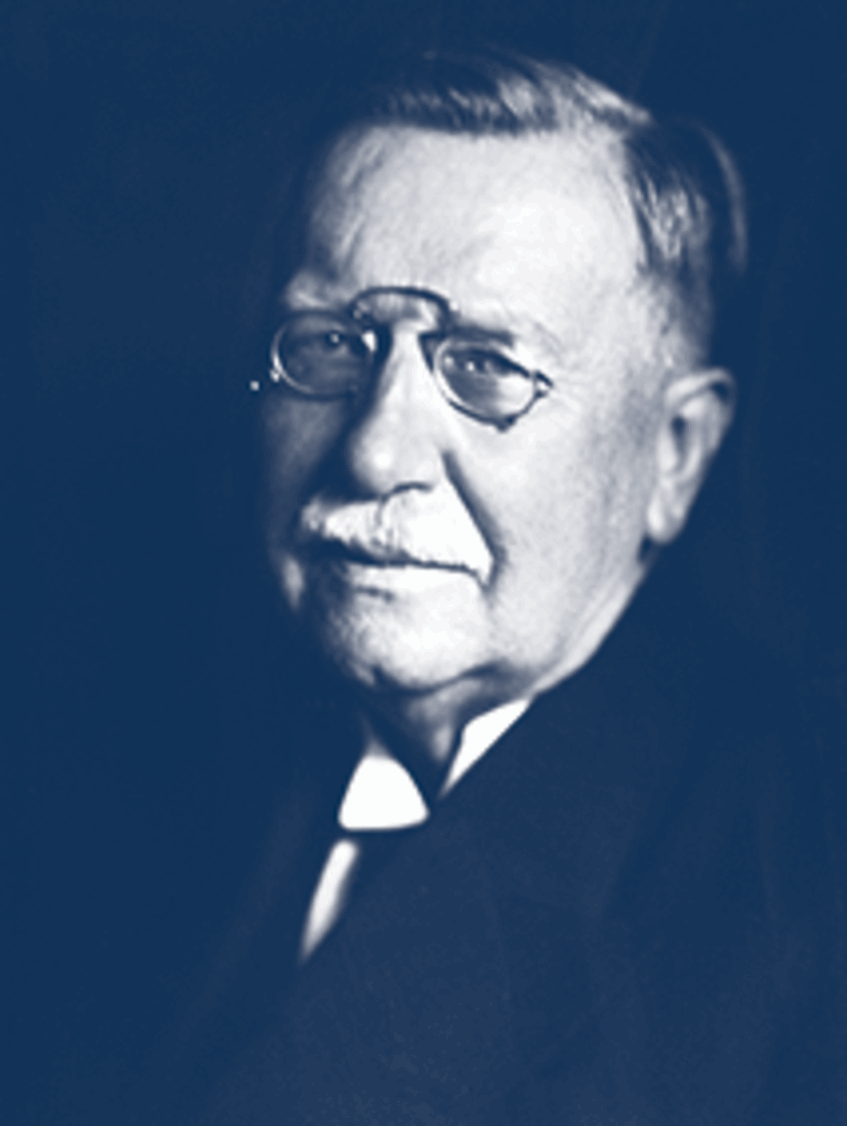
Emil Reisch
1898–1933
Benndorf's successor was his pupil Emil Reisch, whose tenure saw the emergence of the art historical "Viennese School" of Franz Wickhoff and Alois Riegl. Their new approaches to the understanding of Roman and late Roman art had an impact far beyond Vienna and also influenced the "structural research" of Guido Kaschnitz von Weinberg, a student of Emil Reisch. After the death of Robert von Schneider (director of the ÖAI from 1907 to 1909), Reisch also took over the directorship of the Austrian Archaeological Institute in 1910. His talent for organisation and his skill in dealing with people enabled Reisch to make a significant career at the university, of which he became rector in 1916/17.
Zwischenkriegszeit
After the collapse of the monarchy and during the difficult interwar period, a complete reorganisation of both the university institute and the research institute became necessary. The forced reduction of excavation activities in the Mediterranean region led to an increase in domestic excavations, for example in Carnuntum or Virunum, but also to increased publication activity. Despite the poor economic situation, the number of staff was increased. Camillo Praschniker, who had been employed as an assistant at the Archaeological Collection since 1912, found a colleague in Arnold Schober in 1929, who covered the provincial Roman research area in particular; at the same time, Franz Miltner became librarian.
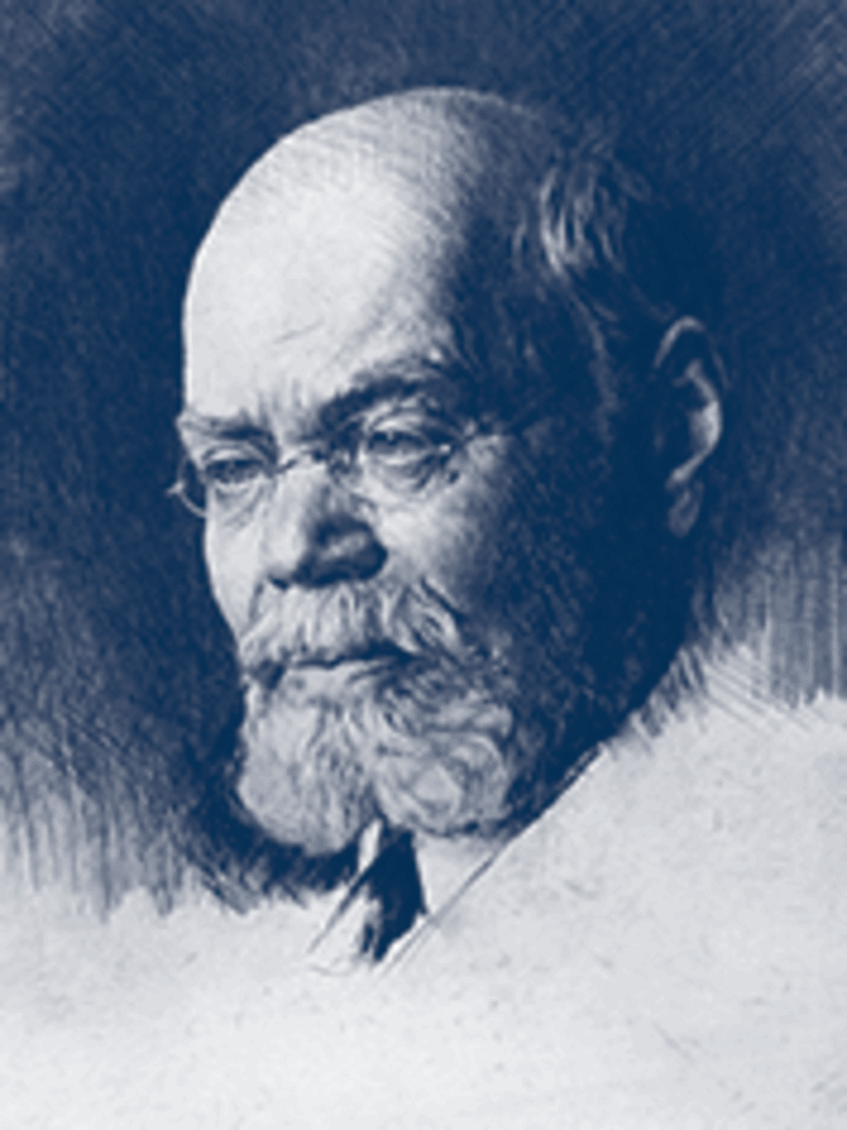
Emanuel Löwy
Herbst 1918
Emanuel Löwy, who had resigned his professorship in Rome in April 1915 after the outbreak of the First World War and returned to Austria, was also appointed to an associate professorship in Vienna in autumn 1918, which he held until 1928. Löwy, who died in 1938, became known beyond the narrower boundaries of classical archaeology through his friendship with and influence on Sigmund Freud.
1921
Gisela Weyde was the first woman to receive a doctorate in classical archaeology in Vienna.
1928–1931
The first archaeological training excavations were carried out on the Duel (Carinthia) under the direction of Rudolf Egger and the German archaeologist Gerhard Bersu, who later became the first director of the Roman-Germanic Commission in Frankfurt am Main. Bersu thus became the founder of modern excavation techniques in Austria, as he was in Germany, Hungary and Bulgaria.
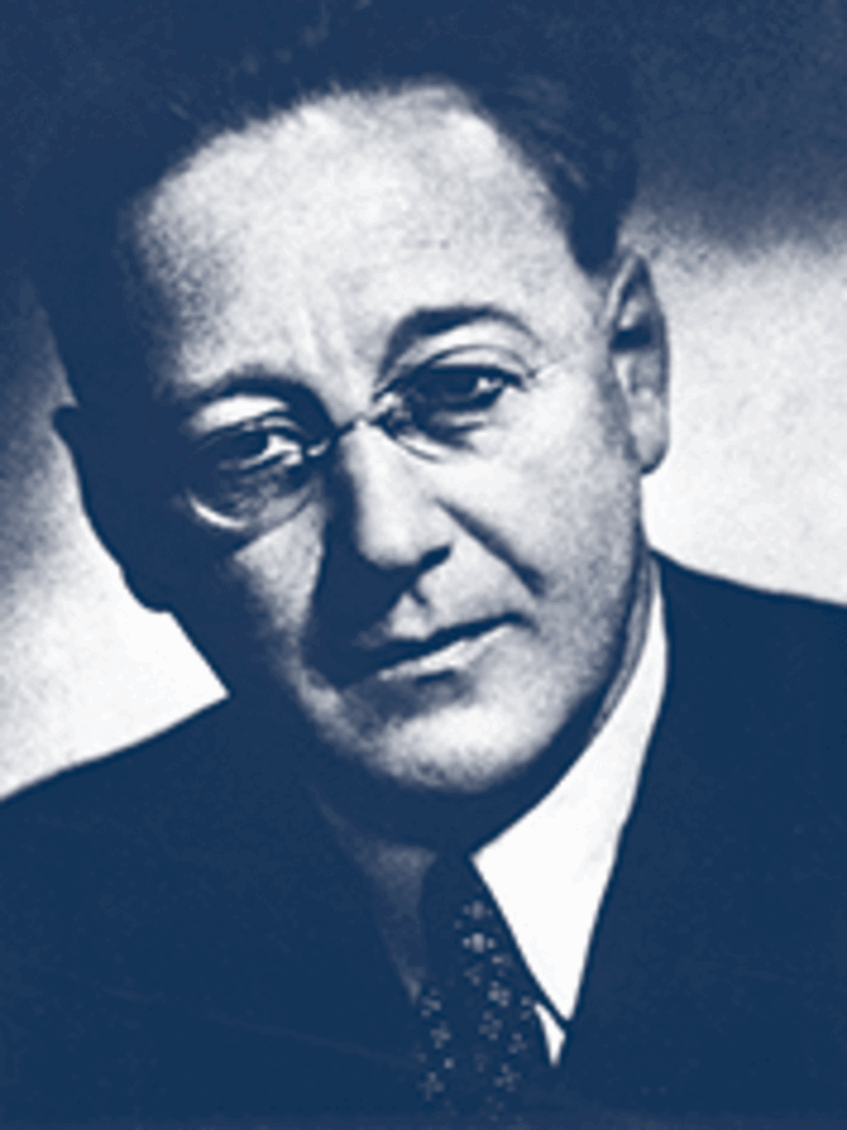
Camillo Praschniker
1934–1949
Camillo Praschniker, who had already been an assistant from 1910 to 1912 and held the so-called second professorship from 1930 to 1933, took over the full professorship in 1934 and from 1935 - together with Rudolf Egger until 1945 - also the honorary management of the Austrian Archaeological Institute, which was affiliated to the university in 1935. One of Praschniker's first tasks was to reorganise and expand the collection of plaster casts at the Institute, which had been supervised by Hedwig Kenner since 1936. He was particularly interested in the Parthenon. His studies on the Parthenon metopes and the reconstruction of Athena Parthenos are well known.
After the war, the Institute's research focussed on continuing the work begun by Reisch in Austria, particularly in Carinthia. The resumption of excavations on the Magdalensberg in 1948 was led by Camillo Praschniker.
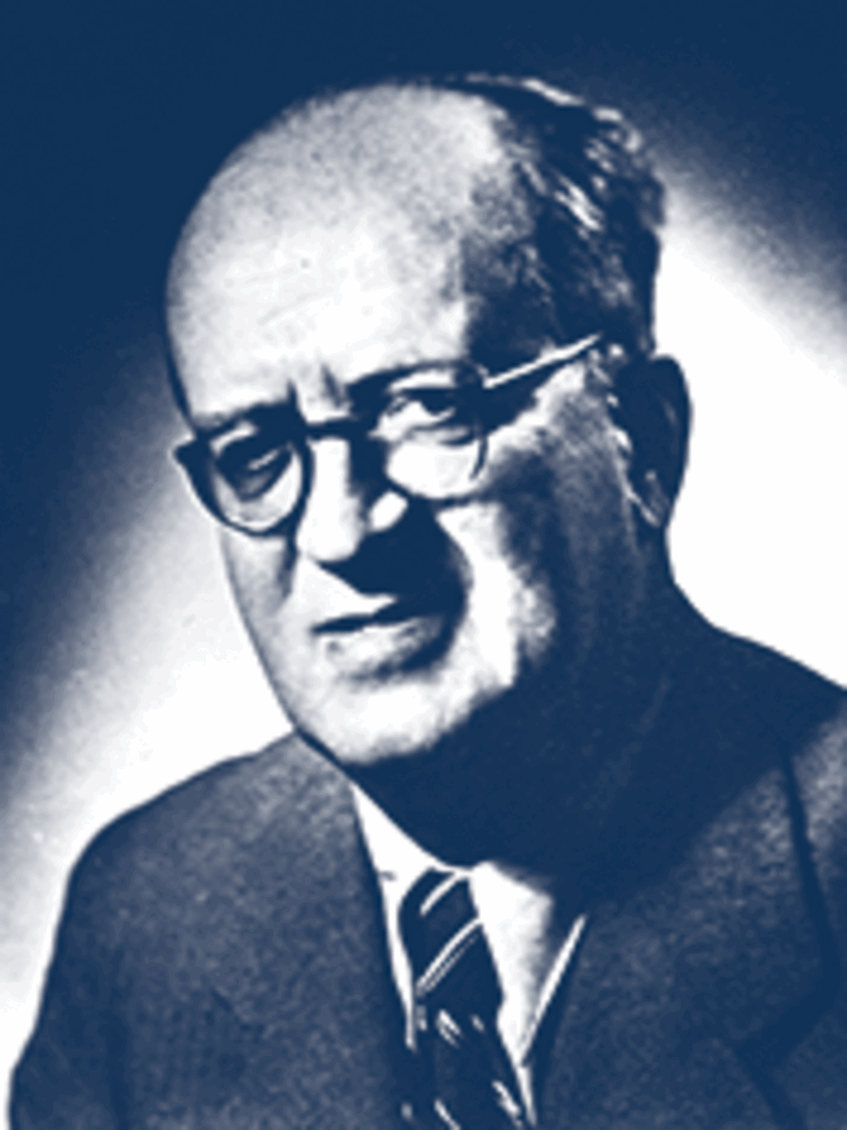
Otto Walter
1951–1953
After a two-year vacancy in the professorship, Otto Walter, a student of E. Reisch, was appointed to Vienna. He had worked for a long time at the ÖAI in Athens (1908-1938, with an interruption from 1916 to 1921) and directed the excavations in Elis and Aigeira. His description of the reliefs in the Small Acropolis Museum (1923) has still not been replaced.
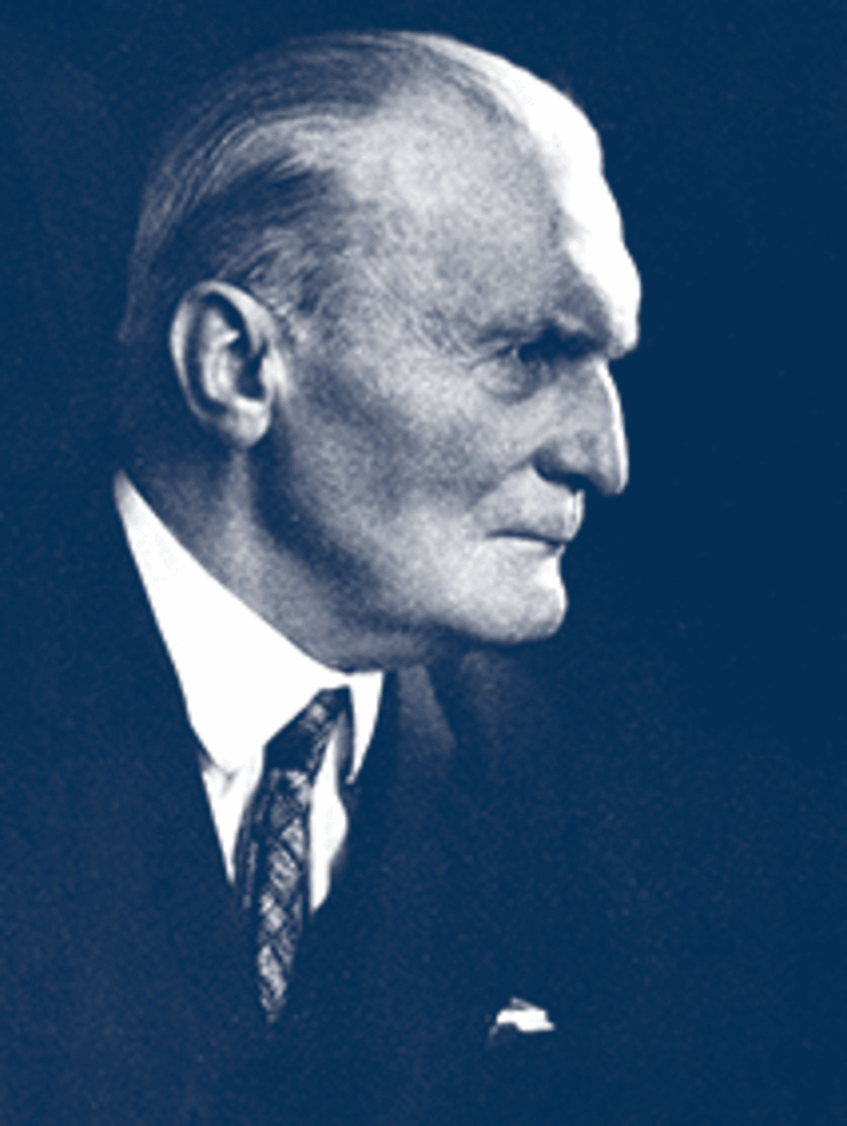
Fritz Eichler
1953–1961
Fritz Eichler took over the professorship after retiring as head of the antiquities collection at the Kunsthistorisches Museum. This activity is also reflected in his scientific oeuvre. Despite his advanced age, Eichler also took over the directorship of the Austrian Archaeological Institute and in 1954 initiated the resumption of excavations in Ephesus, which were initially led by Franz Miltner and from 1959 by himself.
1956
Renaming of the Archaeological-Epigraphic Seminar to "Institute for Ancient History, Archaeology and Epigraphy".
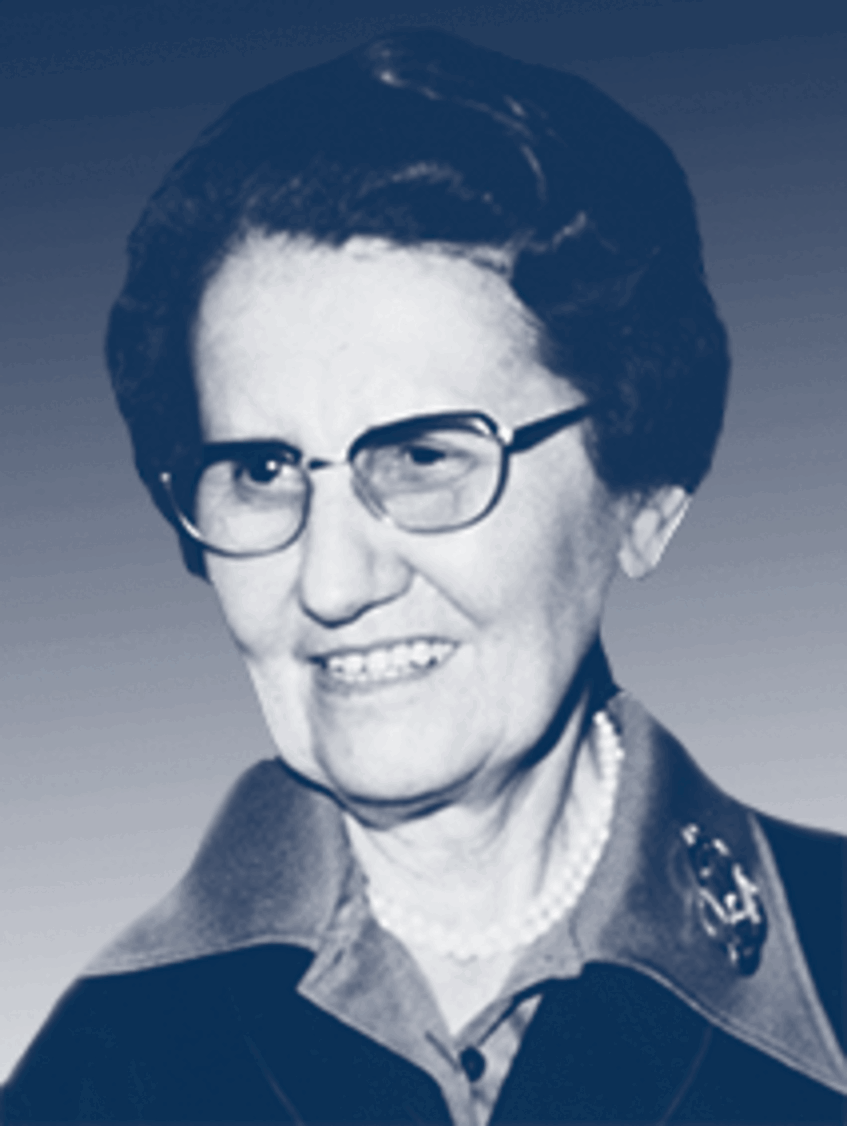
1961–1980
Hedwig Kenner, a student of Camillo Praschniker and assistant to the Institute's Archaeological Collection since 1936, was one of the pioneers of the subject in Austria as an independent, academically active woman who also achieved a leading position. Teaching was at the centre of her interests, which ranged from her comprehensive lecture cycles on ancient art to the supervision of more than 70 doctoral theses. Her scholarly work shows several focal points, one of which was undoubtedly the study of Greek art and Greek theatre. Equally important is her work in the field of provincial Roman archaeology, where she had participated in the excavations on the Magdalensberg since 1948.
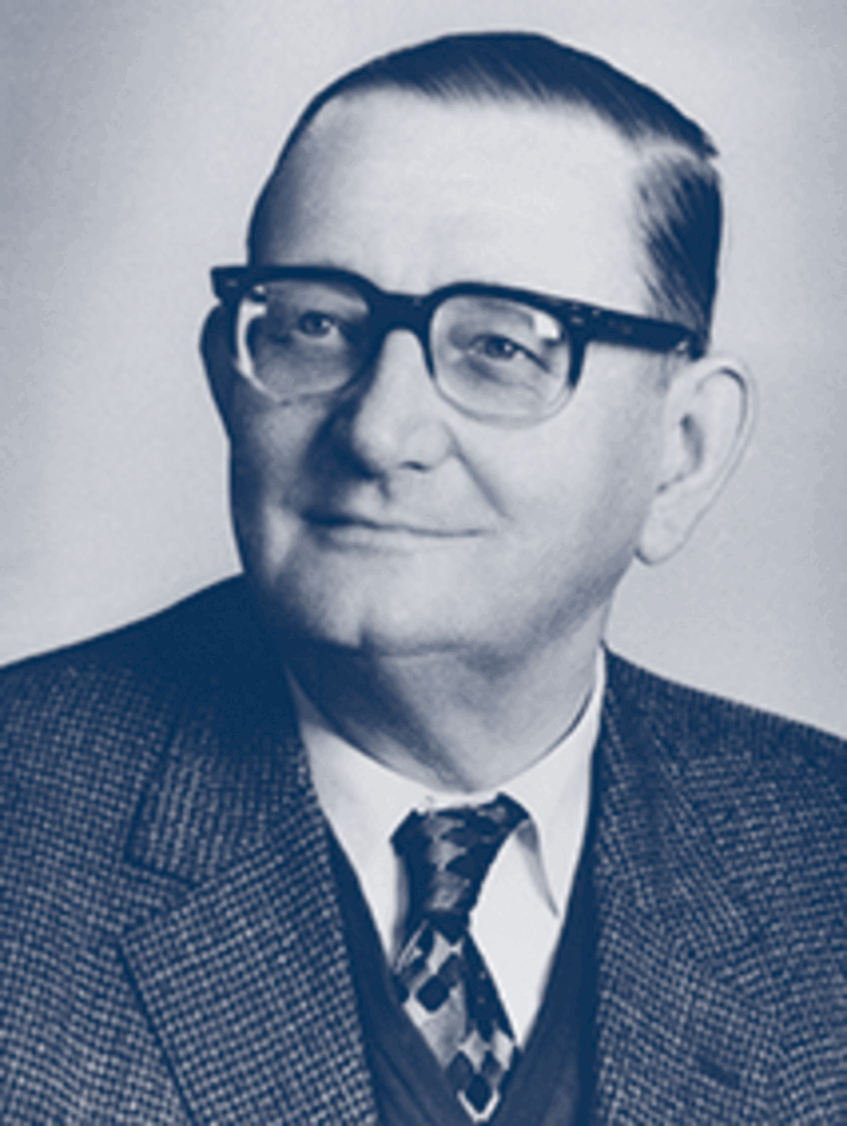
Hermann Vetters
1969–1985
In 1969, a second professorship for "Classical Archaeology with special emphasis on field archaeology and antiquity" was created at the University of Vienna and filled by Hermann Vetters. At the same time, Vetters took over the management of the Austrian Archaeological Institute and the excavations in Ephesus. In addition to the influence of his father, who was a geologist, his interests were undoubtedly determined by the person of his teacher Rudolf Egger, but also by his first excavation experiences in 1935 and 1938 on the Ulrichsberg in Carinthia and in 1936-1937 in Bulgaria with Gerhard Bersu and Ivan Velkov. Vetters set new standards for the development of excavation techniques in Austria, but he also did pioneering work in the field of medieval archaeology with his excavations in Salzburg Cathedral (1956-1958 and 1966). He was also one of the first to advocate the active integration of archaeometry.
1978–1993
Wilhelm Alzinger held the position of associate professor. As in his academic oeuvre, architecture and building research also formed the focus of his teaching.
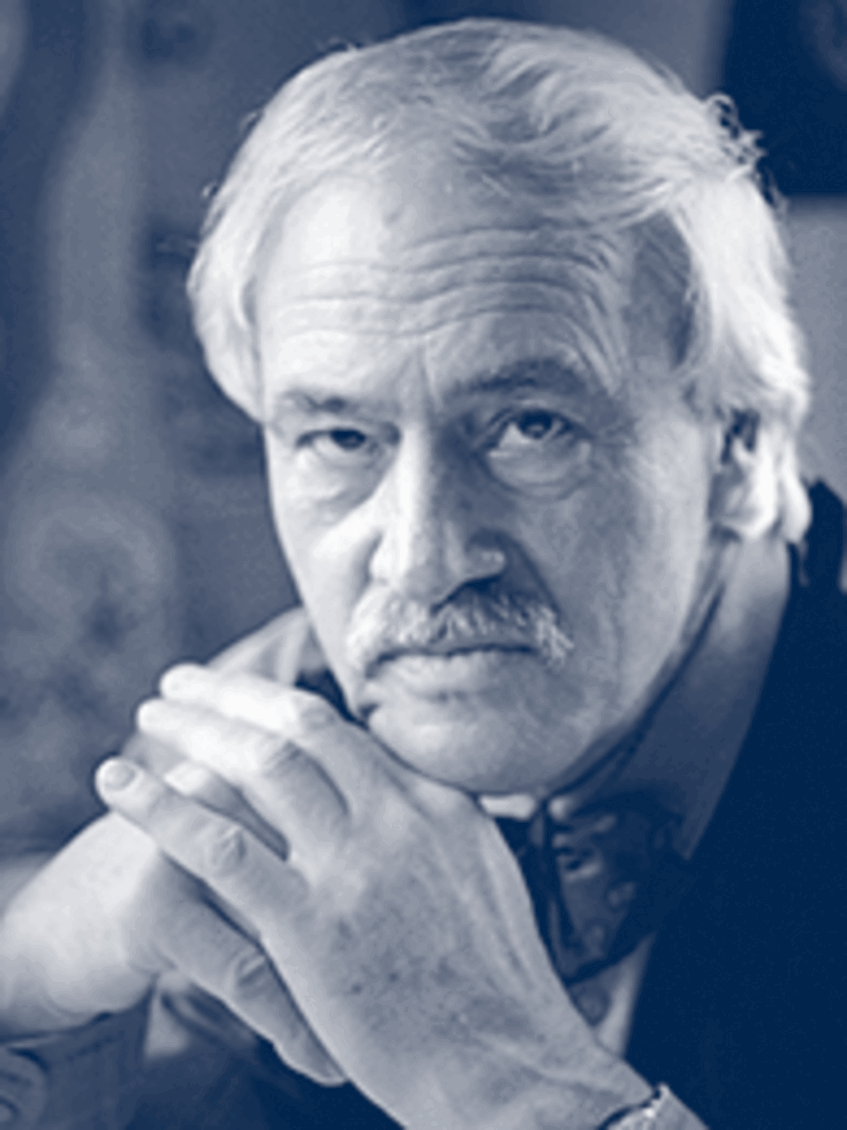
Jürgen Borchhardt
Jürgen Borchhardt brought the traditional focus of Lycian research back to the Institute. In organisational terms, he advocated the establishment of an independent Institute of Classical Archaeology, which took place on 15 May 1984 following the dissolution of the old Institute of Ancient History, Archaeology and Epigraphy. In 1988, the Institute moved to the first floor of the newly created "Archaeology Centre" in Währinger Park, while the Archaeological Collection moved to several rooms in the basement and cellar of the extension.
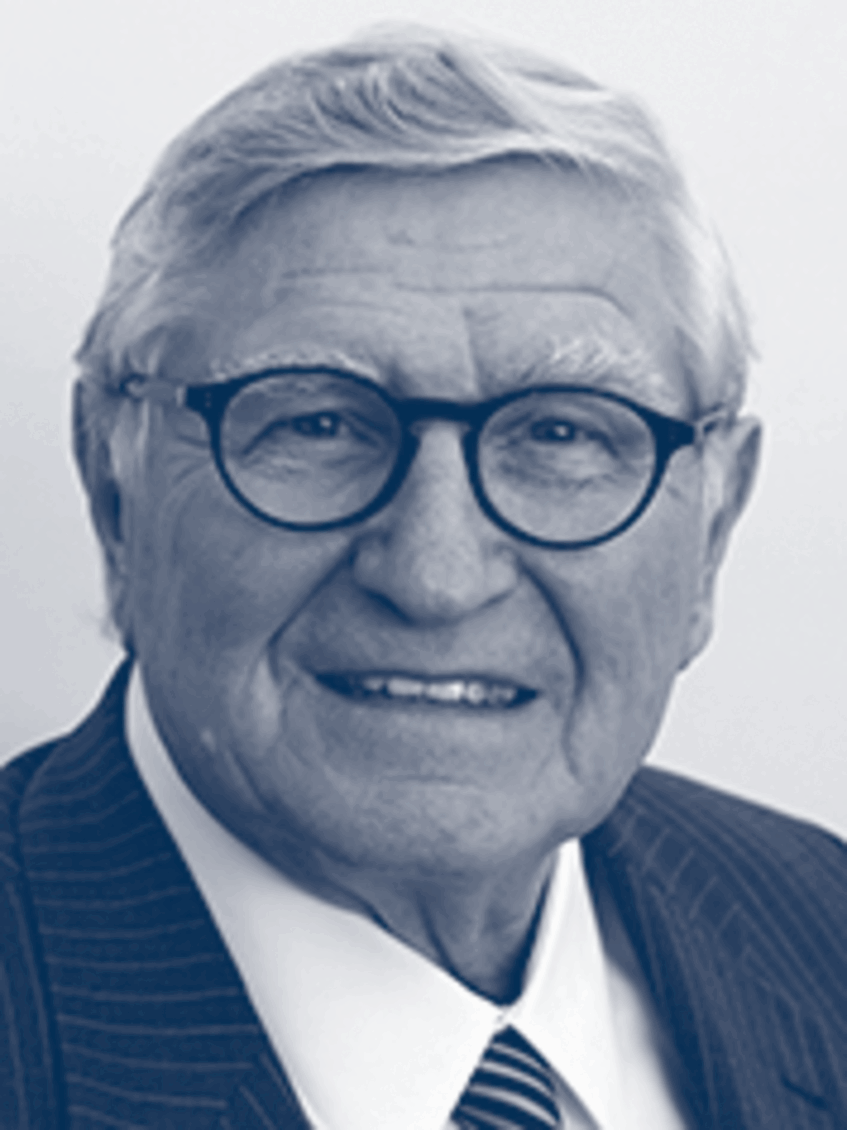
Fritz Krinzinger
1989–2008
With Fritz Krinzinger as successor to Hermann Vetters, the Vienna Institute gained a new research area in Greater Greece as well as two new excavation sites, Velia and Altheim. In addition to his professorship, Krinzinger took over the management of the Austrian Archaeological Institute from 1995-2006.
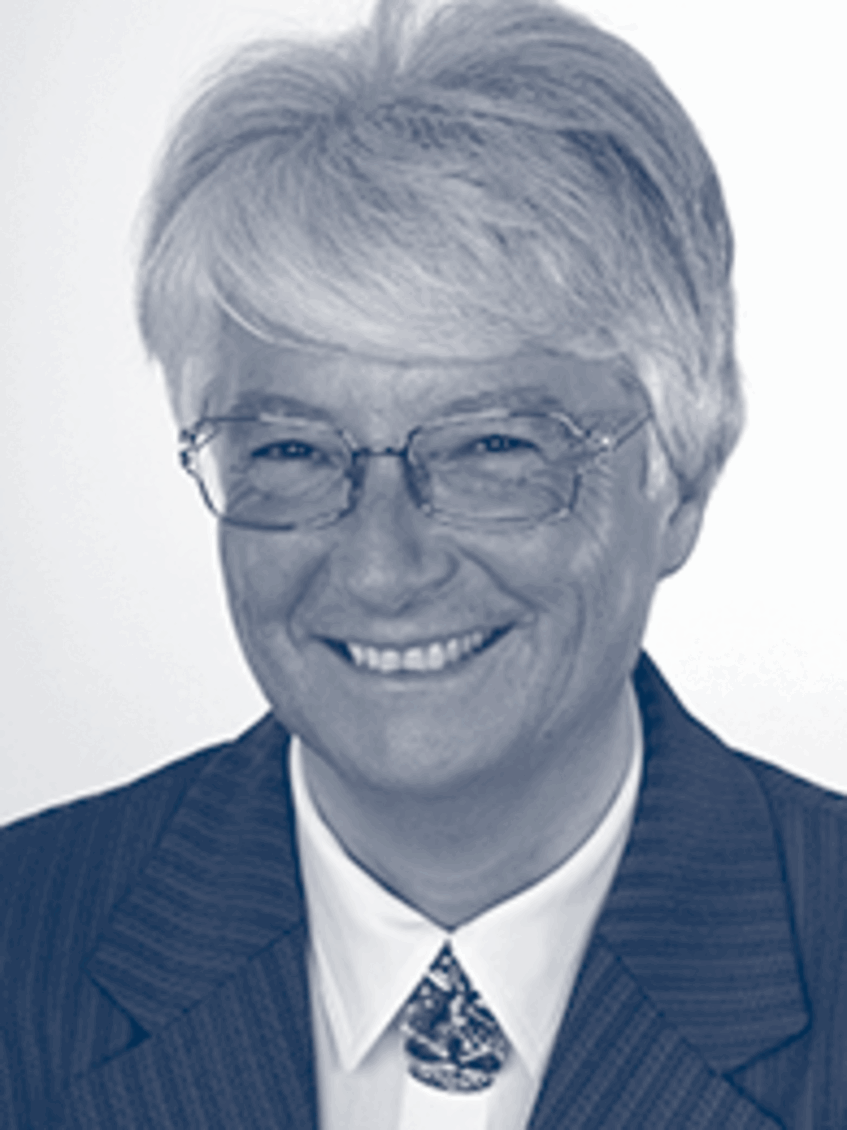
Renate Pillinger
1999–2016
Renate Pillinger, an assistant at the Institute of Ancient History and Classical Archaeology at the University of Vienna since 1976, founded the "Early Christian Archaeology" department at the Institute of Classical Archaeology in 1991 and made a significant contribution to the development of this subject in Vienna by founding the "Mitteilungen zur Christlichen Archäologie". She was appointed university professor in 1999. She has been involved in various research excavations in Austria (Teurnia), Bulgaria (Sandanski) and Turkey (Ephesus).
3.11.1999
Conversion of the Institute of Classical Archaeology into an institute in accordance with UOG 93 (Part 5 of the Statutes "Organisation and Management of the University of Vienna" II Organisation of the University of Vienna, § 2 Organisation of Institutes).

Andreas Schmidt-Colinet
2000–2010
The research interests of Andreas Schmidt-Colinet, who held a contract professorship, focussed on Hellenistic-Roman art and architecture in the Near East and on Nabataean rock-cut architecture. He brought the excavations in Palmyra, which he had led on behalf of the DAI since 1980, to Vienna, from where he carried out several projects on the urbanisation of the city of Palmyra and its quarries.
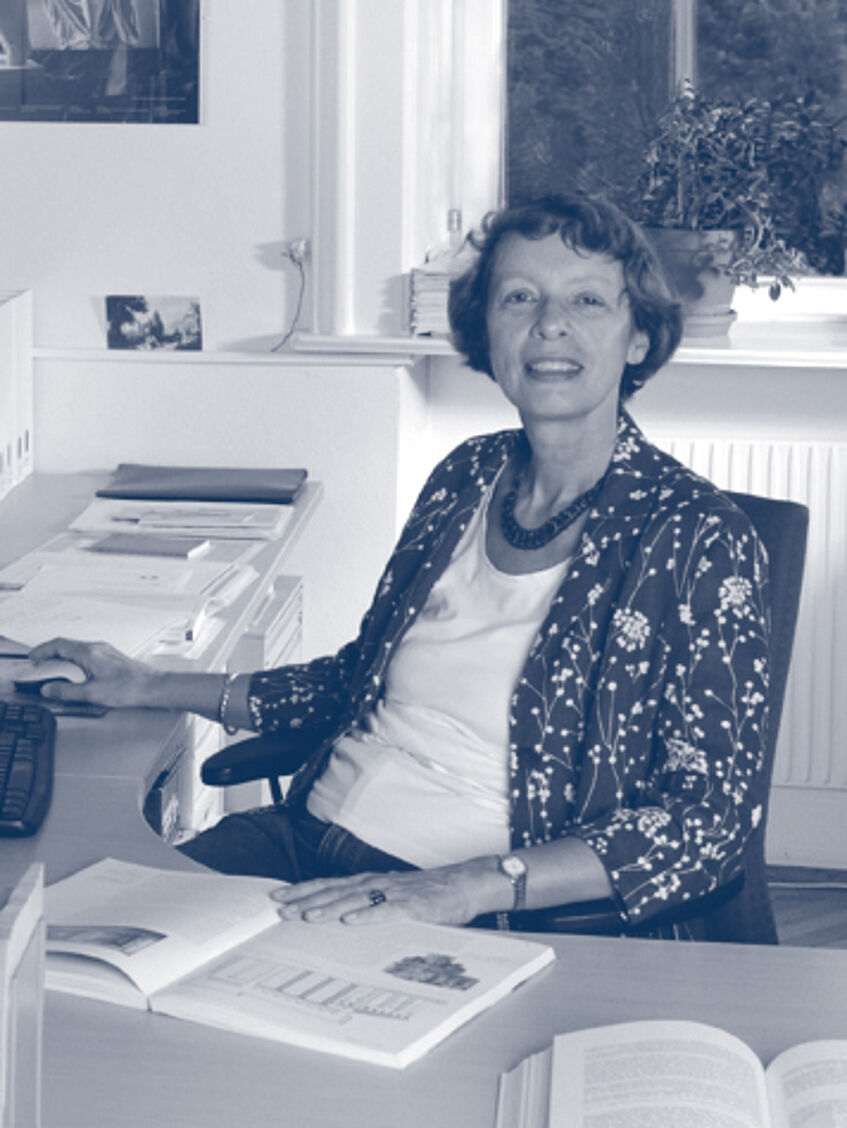
2003–2020
With the assignment of Marion Meyer, the topic of images as media of visual communication in Greek archaeology came to the fore, as did the study of the art and cultural history of Athens.
Seit 2011
Günther Schörner was appointed University Professor of Classical Archaeology with a focus on Roman archaeology in the winter semester of 2011. His research interests include the problems of so-called Romanisation, the study of cults in different parts of the Imperium Romanum and research into rural areas. These include survey and excavation projects, for example in Tuscany (Italy), Ephesus and Metropolis (Turkey), the Decapolis (Jordan), Waldling (Upper Austria) and most recently on the Iberian Peninsula.
Seit 2017
With her appointment as University Professor of Late Antiquity and Early Christian Archaeology, Basema Hamarneh is continuing her research in this field. The geographical focus of her work lies in the Middle East (Jordan), where she researches visual evidence, e.g. mosaics, but also directs an excavation (al-Jumaiyil, Amman Governorate).
Seit 2020
Naoise Mac Sweeney was appointed University Professor of Classical Archaeology in the 2020/2021 winter semester, where she teaches primarily in the field of Greek archaeology. Her research focuses on the question of identities and cultural interactions, especially in the Geometric and Archaic periods. She is currently leading the EU project (ERC consolidator grant) MIGMAG: Migration and the Making of the Ancient Greek World.
Bibliographie
The number of works on the history and development of classical archaeology in Austria has increased dramatically in recent years, as a glance at the publication date of each work clearly shows. The anthology "1869-2019. 150 Years of Classical Archaeology at the University of Vienna", published on the occasion of the 150th anniversary of the Institute, provides a good overview.
The Institute of Classical Archaeology has only existed in this form since 1984 and previously formed a unit with the Institute of Ancient History, Classical Studies and Epigraphy. The Austrian Archaeological Institute was also closely linked to the University Institute for many years. Part of the history of the Institute, especially the personal history, can therefore be found in the research history of these institutions.
- E. Weber, Hundert Jahre Institut für Alte Geschichte, Archäologie und Epigraphik, Römisches Österreich 4, 1976, 301-314.
- H. Kenner - G. Dobesch - E. Kirsten, Hundert Jahre Institut für Alte Geschichte, Archäologie und Epigraphik der Universität Wien (1876-1976), maschinengeschriebenes Typoskript, Wien 1977.
- M. A. Niegl, Die archäologische Erforschung der Römerzeit in Österreich. Eine wissenschaftliche Untersuchung, DenkschrWien 141 (Wien 1980).
- R. Lullies - W. Schiering (Hrsg.), Archäologenbildnisse (Mainz 1988): A. H. Borbein, Alexander Conze, 59 f.; H. Kenner, Otto Benndorf, 67 f.; H. Kenner, Emil Reisch, 150 f.; H. Kenner, Emanuel Löwy, 120 f.; H. Kenner, Camillo Praschniker, 224 f.; H. Kenner, Otto Walter, 214 f.; R. Noll, Fritz Eichler, 240 f.
- E. Rudolf, Pompeji vor den Toren Wiens. Die "Führergrabung" von Carnuntum 1938/1940, Hephaistos 13, 1995, 187-220.
- G. Wiplinger - G. Wlach, Ephesos. 100 Jahre österreichische Forschungen (Wien, Köln, Weimar 1995).
- M. Pesditschek, Die Professoren der Alten Geschichte an der Universität Wien, Dipl.-Arbeit Wien 1996.
- M. Kandler – G. Wlach, 100 Jahre Österreichisches Archäologisches Institut 1898 – 1998 (Wien 1998).
- F. Brein (Hrsg.), Emanuel Löwy. Ein vergessener Pionier, Kataloge der Archäologischen Sammlung, Sonderheft 1 (Wien 1998).
- R. Pillinger, Zur Genese der Christlichen Archäologie in Österreich, Mitteilungen zur Christlichen Archäologie 5,1999, 74-90.
- V. Gassner, Zur Geschichte des Instituts für Klassische Archäologie der Universität Wien, Forum Archaeologiae 17/XII/2000 [https://homepage.univie.ac.at/elisabeth.trinkl/forum/forum1200/17ika.htm].
- H. D. Szemethy, Die Erwerbungsgeschichte des Heroons von Trysa: ein Kapitel österreichisch-türkischer Kulturpolitik, Wiener Forschungen zur Archäologie 9 (Wien 2005).
- G. Wlach, Klassische Archäologie in politischen Umbruchzeiten. Wien 1938– 1945, in: M. G. Ash – W. Nieß – R. Pils (Hrsg.), Geisteswissenschaften im Nationalsozialismus. Das Beispiel der Universität Wien (2010) 343-370.
- M. Meyer, Archäologische Sammlung, in: Schaukästen der Wissenschaft. Die Sammlungen der Universität Wien (Wien 2012) 33-36.
- J. Bauer, Gipsabgüsse zwischen Museum, Kunst und Wissenschaft. Wiener Abguss-Sammlungen im späten 19. Jahrhundert, in: Ch. Schreiter (Hrsg.), Gipsabgüsse antiker Skulpturen. Präsentation und Kontext (Berlin 2012) 273-290.
- H. Schörner, Äußerer Zwang und innerer Antrieb: Die Dynamik des Faches Klassische Archäologie während der ersten Hälfte des 20. Jahrhunderts, in: K. A. Fröschl – G. B. Müller – Th. Olechowski – B. Schmidt-Lauber (Hrsg.), Reflexive Innensichten aus der Universität. Disziplinengeschichte zwischen Wissenschaft, Gesellschaft und Politik, 650 Jahre Universität Wien – Aufbruch ins neue Jahrhundert Bd. 4 (Wien, Göttingen 2015) 575–585.
- H. Schörner, Die Disziplin Klassische Archäologie an der Universität Wien in der 1. Hälfte des 20. Jahrhunderts (1898-1951), in: G. Grabherr – B. Kainrath (Hrsg.), Akten des 15. Österreichischen Archäologentages in Innsbruck, 27. Februar – 1. März 2014, Ikarus Bd. 9 (Innsbruck 2016) 347-358.
- R. Pillinger, The Genesis of Early Christian Archaeology at the University of Vienna. Mitteilungen zur Christlichen Archäologie 22,2016, 67-84.
- H. Schörner, Hedwig Kenner als Assistentin an der Archäologischen Sammlung (1936–1945) und dem Archäologisch-Epigraphischen Seminar (1948–1951) der Universität Wien, in: D. Modl – K. Peitler (Hrsg.), Archäologie in Österreich 1938-1945. Beiträge zum internationalen Symposium vom 27. bis 29. April 2015 am Universalmuseum Joanneum in Graz, Schild von Steier 8. Beiheft (Graz 2020) 122-137.
- F. Blakolmer, Die Pflanze der Frau Ordinaria und der Baum des Herrn Professor. Blütezeiten des Instituts für Klassische Archäologie, in: M. Klemun – H. Szemethy – F. Blakolmer (Hrsg.), Science Tracing: Spuren und Zeichen im öffentlichen Raum (Wien - Köln 2021) 53-66.
- G. Schörner – J. Kopf (Hrsg.), 1869–2019. 150 Jahre Klassische Archäologie an der Universität Wien (Wien 2021).
- H. D. Szemethy, Denkmäler, Straßen, Medaillen. Spuren der Erinnerung an die ersten Professoren des Archaeologisch-Epigraphischen Seminars der Universität Wien, in: M. Klemun – H. Szemethy – F. Blakolmer (Hrsg.), Science Tracing: Spuren und Zeichen im öffentlichen Raum (Wien - Köln 2021) 79-108.
- Friedrich Krinzinger – Verena Gassner, 1971 – 2021: 50 Jahre österreichische Forschungen in Velia. Vortrag am Institut für Klassische Archäologie, 26. 4. 2022. (Aufzeichnung: https://univienna.zoom.us/rec/share/IzfmTVP81xL2g0AB_aeUme1eILaWV936m-32G2Q0vtq6TX-VhB4V4FCb7c24dUKS.vmBNOu83PqM3rqt0) Kenncode: $WCa5?%Z
